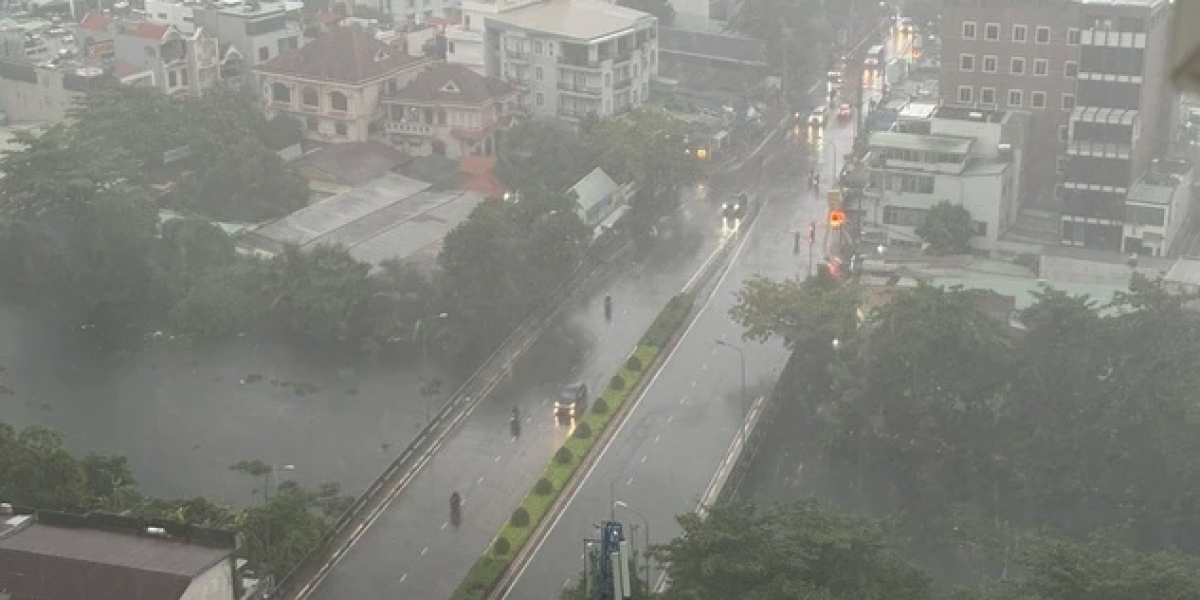A detailed air separation plants market analysis reveals key trends and drivers influencing the industry. The analysis highlights the growing demand for industrial gases and the technological advancements that are shaping the market landscape. Factors such as increasing investments in infrastructure, the rise of emerging economies, and the need for efficient gas production methods are driving market growth. Understanding these dynamics is essential for stakeholders to identify opportunities and navigate the challenges within the air separation plants market effectively.
The air separation plants market is growing as industries increasingly rely on industrial gases such as oxygen, nitrogen, and argon for various applications. Air separation plants are facilities designed to separate atmospheric air into its primary components using cryogenic distillation, pressure swing adsorption, or membrane technologies. These plants serve industries including steel, chemicals, electronics, healthcare, and food processing. The rising demand for industrial gases, coupled with technological advancements and the expansion of end-use industries, is driving the growth of the air separation plants market globally.
Market Drivers
Several factors are driving the demand for air separation plants. The steel and metallurgical industries consume large volumes of oxygen and nitrogen, which are critical for enhancing production efficiency and product quality. Chemical manufacturing requires nitrogen and oxygen for various processes, while electronics and healthcare industries use ultra-high purity gases for manufacturing and medical applications. Infrastructure development, urbanization, and increasing energy production also contribute to higher industrial gas consumption, encouraging investment in air separation plants.
Market Challenges
The market faces several challenges despite growth opportunities. High capital investment and operational costs, including energy consumption and maintenance, can be barriers for new entrants. The complexity of cryogenic systems requires skilled personnel for operation and maintenance. Environmental concerns related to energy use and greenhouse gas emissions may also restrict market expansion. Additionally, fluctuations in industrial gas prices and raw material costs can impact the economic feasibility of establishing new plants.
Technological Trends
Technological innovations are significantly shaping the air separation plants market. Cryogenic distillation remains the most common and efficient method for large-scale separation, while pressure swing adsorption (PSA) systems are gaining popularity for smaller capacities due to lower operational costs and energy efficiency. Membrane-based air separation technologies offer modular and compact solutions suitable for decentralized applications. Automation, advanced sensors, and real-time monitoring systems enhance process efficiency, reduce downtime, and optimize energy consumption.
Competitive Landscape
The air separation plants market is highly competitive, with key players focusing on technological innovation, capacity expansion, and strategic partnerships. Companies are investing in energy-efficient processes, modular designs, and automation technologies to gain a competitive edge. Regional players address local demand with cost-effective and scalable solutions, while global players leverage their expertise in large-scale installations. Service offerings, including maintenance contracts, training, and process optimization, are increasingly used to differentiate market players.
Regional Insights
Asia Pacific is a critical market for air separation plants, driven by industrial growth, urbanization, and manufacturing expansion. Countries like China, India, Japan, and South Korea are witnessing increased demand for industrial gases across multiple sectors. Regional Insights indicate that the growth is supported by government initiatives, investment in heavy industries, and infrastructure projects, making Asia Pacific a hub for air separation plant installations. Southeast Asian nations are gradually adopting modern technologies to meet local industrial gas requirements.
Future Outlook
The air separation plants market is projected to grow steadily due to increasing industrialization, technological advancements, and rising demand for industrial gases. Adoption of energy-efficient and automated systems, along with modular designs, will enable cost-effective and sustainable operations. Growth in sectors like steel, chemicals, healthcare, and electronics will continue to drive plant installations. Companies focusing on technological innovation, process optimization, and regional expansion are likely to dominate the market. The market’s resilience, combined with industrial demand, ensures long-term growth potential for air separation plants worldwide.
More Related Reports:






